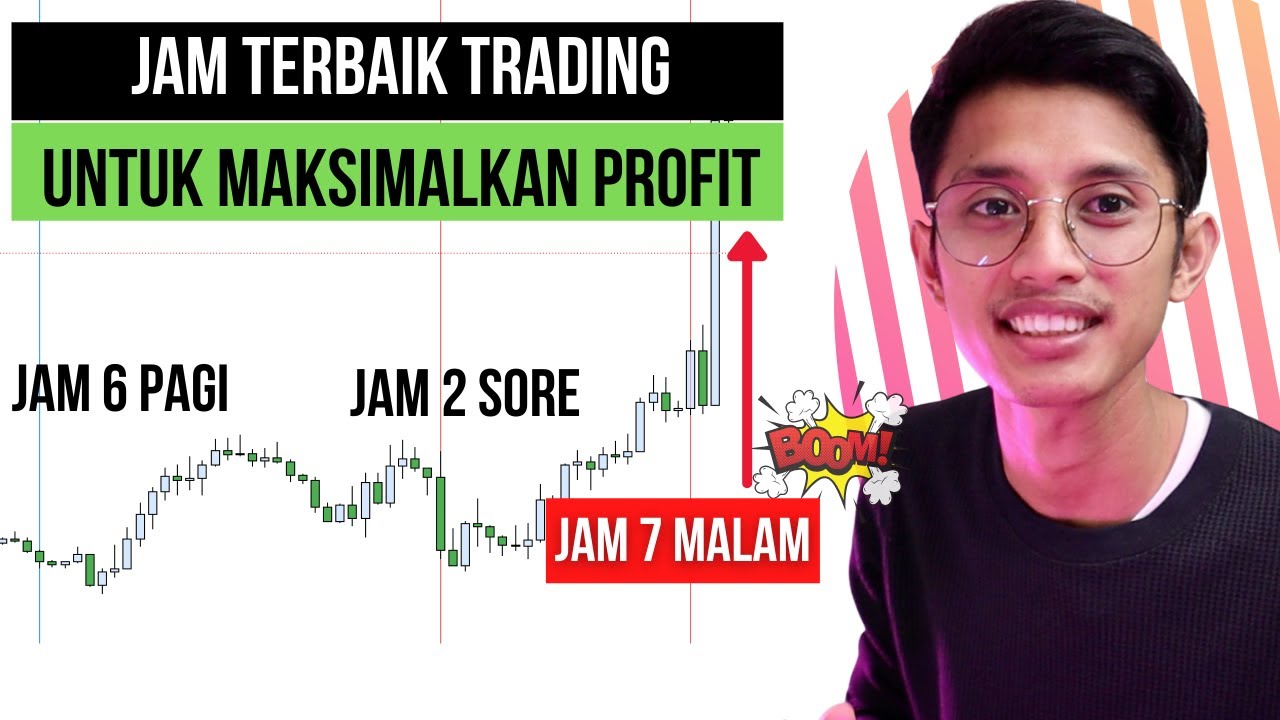ICT Forex - The ICT New York Killzone
Summary
TLDRThis trading tutorial focuses on the New York open session, emphasizing its significance in Forex trading. It highlights the optimal times for trading, typically between 7:00 a.m. and 9:00 a.m. New York time, and the potential for 20 to 30 pips in trades involving the dollar index. The presenter shares strategies for identifying trade entry patterns, discusses the impact of economic news releases, and advises on trading in alignment with the daily bias for more predictable outcomes. The session is portrayed as a valuable opportunity for scalping with a high probability of success.
Takeaways
- 🕒 The New York open is a critical time for trading, especially between 7:00 a.m. and 9:00 a.m. New York time, known as the 'New York open kill zone'.
- 💹 The New York session often sets up optimal trade entry patterns that can offer 20 to 30 pips as a scalp.
- 🌐 Currency pairs coupled with the dollar index are ideal for trading during the New York open.
- 📈 The importance of time and price, along with the session's characteristics, are crucial for identifying trade setups.
- 📊 The presenter suggests that by studying the major pairs with the dollar index, traders can find setups offering 20 to 30 pips daily.
- 📉 The New York session extends beyond 9:00 a.m. to 2:00 p.m. New York time and is influenced by economic news releases.
- 🔄 The session can see continuation of London's move or a complete reversal of the daily direction.
- 📋 The presenter emphasizes experience in identifying trade setups and encourages study rather than immediate live trading.
- 🌟 The New York open is considered easier to trade due to the overlap with the London session and the predictability it offers.
- 📝 The session's patterns are fractal, meaning they can be identified on various time frames, similar to the daily candlestick patterns.
Q & A
What is the focus of the teaching module discussed in the transcript?
-The teaching module focuses on the ICT (Intermarket Correlation Trading) New York open and how to use concepts of time and price to identify optimal trade entry patterns in the Forex market.
What is the 'New York open kill zone' mentioned in the transcript?
-The 'New York open kill zone' refers to the time period from 7:00 a.m. to 9:00 a.m. New York time, which is considered optimal for identifying trade setups that can offer 20 to 30 pips as a scalp.
Why are majors coupled with the dollar index considered ideal for the New York open?
-Majors coupled with the dollar index are considered ideal for the New York open because they often set up trade patterns that can offer profitable scalping opportunities during the specified time frame.
What is the significance of the time frame between 7:00 a.m. and 9:00 a.m. New York time?
-The time frame between 7:00 a.m. and 9:00 a.m. New York time is significant because it is when the New York session overlaps with the London session, creating a high liquidity period that is conducive to trading.
What is meant by 'scalping' in the context of the transcript?
-In the context of the transcript, 'scalping' refers to the trading strategy of making many small trades to accumulate profits, typically aiming for quick gains of 20 to 30 pips.
How does the speaker use the New York open to mitigate losses during the week?
-The speaker uses the New York open to mitigate losses by trading the small scalps to add up to 50 to 75 pips, which helps to recover from any losses incurred earlier in the week.
What is the recommended approach for a developing trader according to the transcript?
-The recommended approach for a developing trader is to focus on trading continuations and setups that agree with the daily bias, rather than attempting to trade reversals which require more experience and knowledge.
Why is the London session important for the New York open according to the speaker?
-The London session is important for the New York open because it provides a daily bias that can be confirmed by the price action in London, which in turn can indicate the direction for the New York open.
What is the 'fractal pattern' mentioned in the context of the New York session?
-The 'fractal pattern' refers to the recurring price action patterns that can be seen at different time frames, such as the daily chart and individual trading sessions like the New York open.
What are the two potential scenarios for the New York session as outlined in the transcript?
-The two potential scenarios for the New York session are the continuation of London's move or a complete reversal of the daily direction.
How does the speaker suggest using the daily chart to inform trading decisions?
-The speaker suggests using the daily chart to identify the daily bias and then looking for confirmation of that direction in the London price action to inform trading decisions during the New York open.
Outlines

このセクションは有料ユーザー限定です。 アクセスするには、アップグレードをお願いします。
今すぐアップグレードMindmap

このセクションは有料ユーザー限定です。 アクセスするには、アップグレードをお願いします。
今すぐアップグレードKeywords

このセクションは有料ユーザー限定です。 アクセスするには、アップグレードをお願いします。
今すぐアップグレードHighlights

このセクションは有料ユーザー限定です。 アクセスするには、アップグレードをお願いします。
今すぐアップグレードTranscripts

このセクションは有料ユーザー限定です。 アクセスするには、アップグレードをお願いします。
今すぐアップグレード関連動画をさらに表示

Jam terbaik untuk trading: Trading tidak perlu 23.4 jam

ICT SESSION & KILLZONES | Top Tier SMC | Hindi

Jam Terbaik Trading Forex : Strategi Sukses untuk Pegawai

Forex Market Manipulation: Identifying Market Maker Manipulation Points

ICT Forex - The ICT London Close Killzone

How to Use Sentiment to Trade Forex
5.0 / 5 (0 votes)
